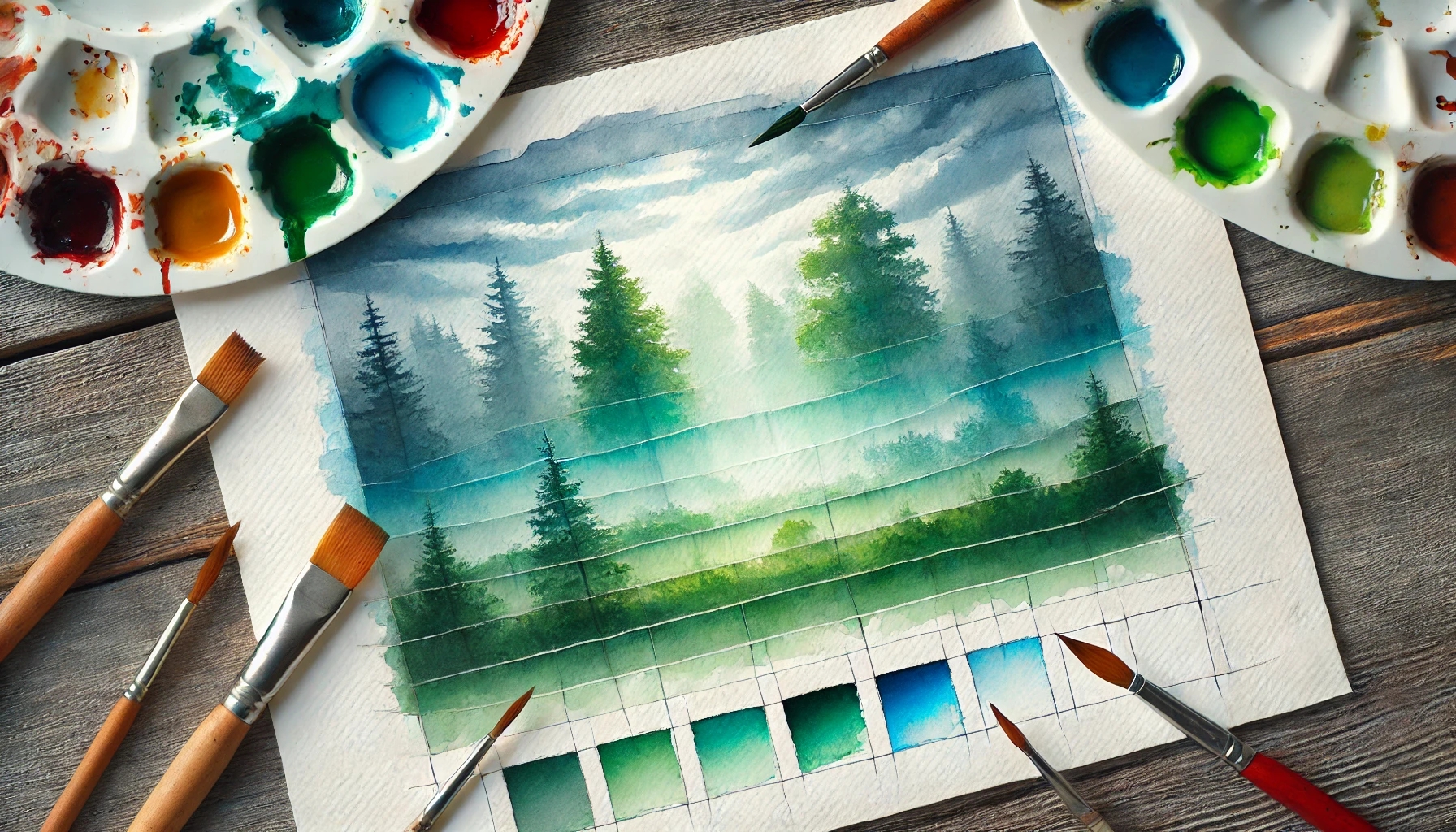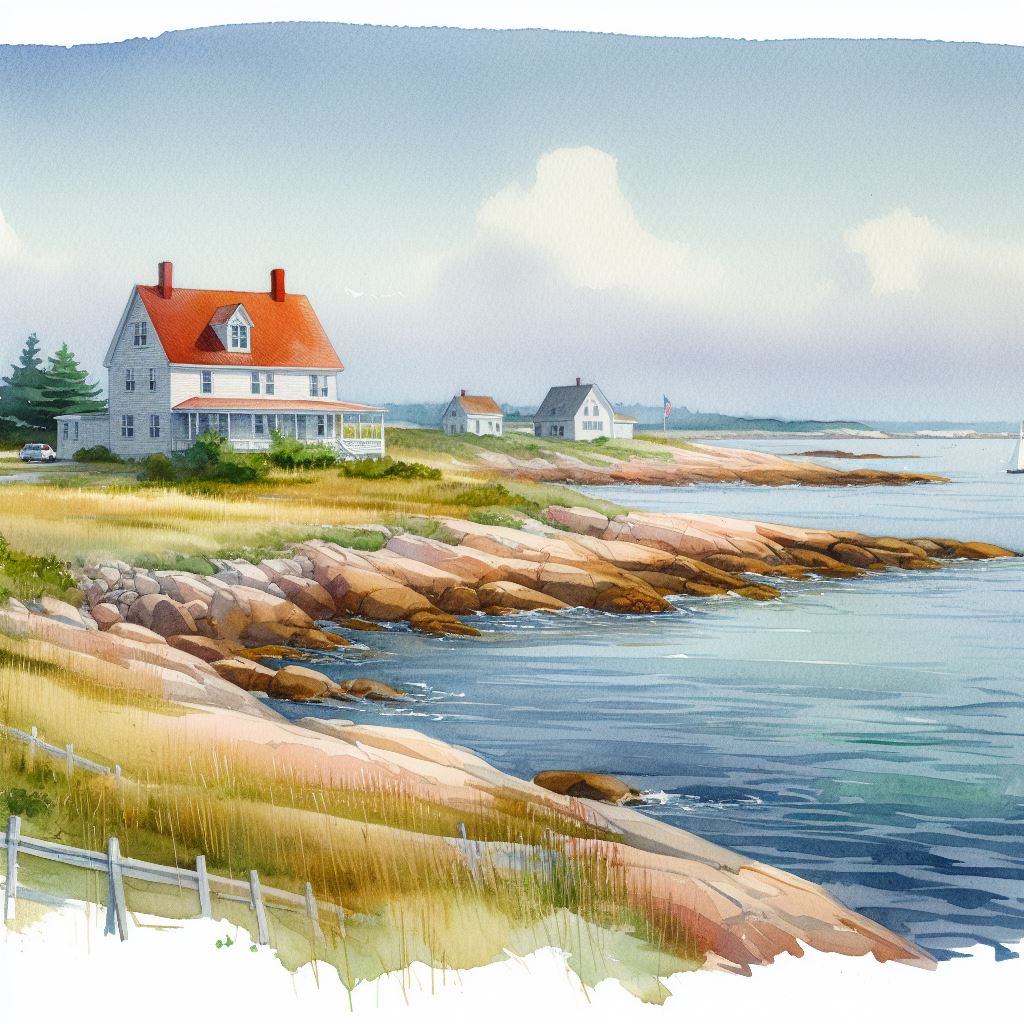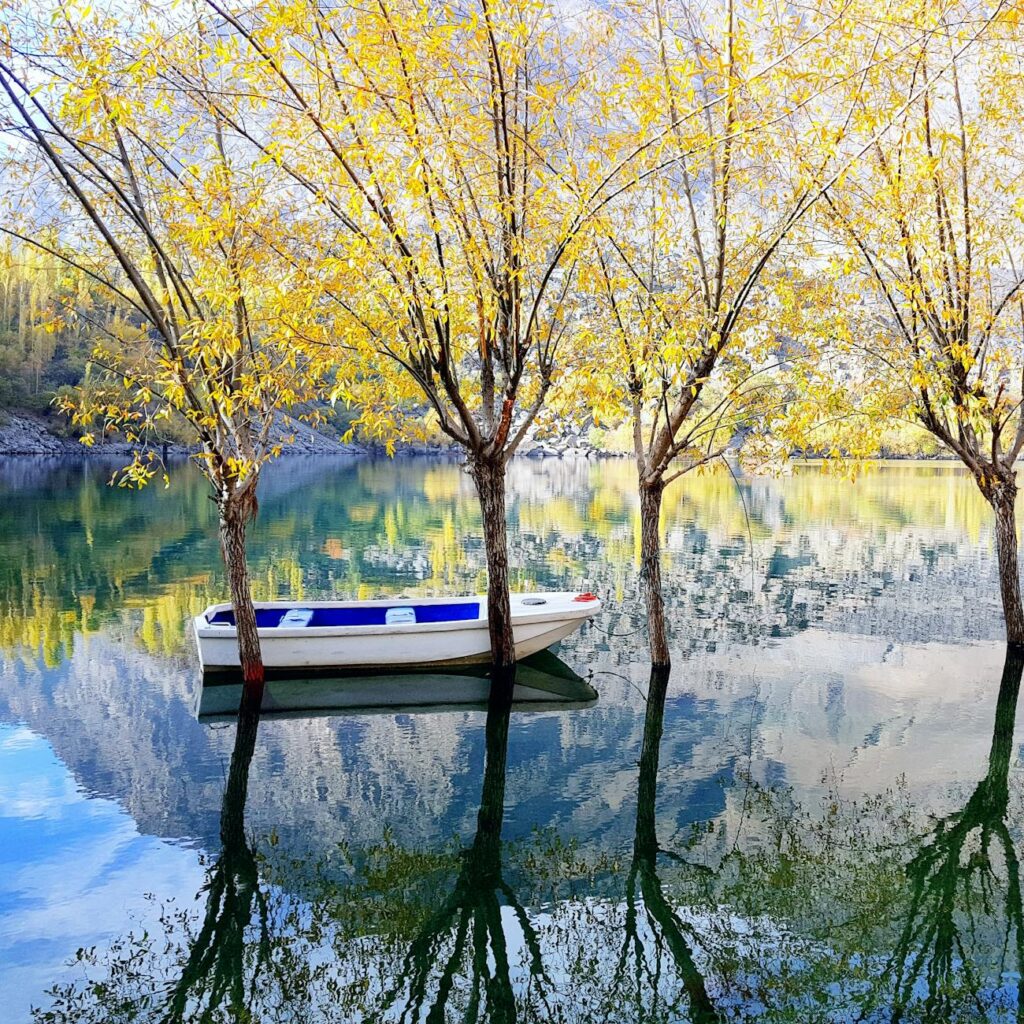Have you ever wondered how artists create breathtaking watercolor transparency effects that make paintings come alive with luminous depth and ethereal beauty? 🎨✨ Watercolor transparency is the key to transforming ordinary paintings into extraordinary works of art. It allows colors to interact, creating layers of light and depth, allowing colors to dance, blend, and reveal hidden layers of magic!
Understanding Watercolor Transparency
What is Watercolor Transparency?
Watercolor transparency is the magical ability to create see-through layers of color that interact with light and underlying surfaces. Unlike opaque paints, watercolor transparency allows artists to build depth, create luminous effects, and tell visual stories through layers of translucent pigments.
Beginner Techniques for Watercolor Transparency
1. The Water Test
- Start with a clean brush.
- Dip your brush in water.
- Swirl it in your watercolor paint.
- The more water, the lighter and more transparent the color.
2. Layer Like a Pro
Imagine watercolor transparency as layering sheets of colored glass: each layer adds richness and depth while maintaining the luminous quality of the whole.
- First layer: Super light, barely-there color.
- Second layer: Add a bit more color.
- Third layer: Deepen the color where you want more intensity.
3. The White Paper Trick
Your white paper is your secret weapon for transparency:
- Leave areas of white paper showing through.
- Create highlights and glowing effects.
- Let the paper’s natural brightness shine.
Intermediate Techniques: Exploring Watercolor Transparency Depth
Advanced Transparency Layering
As you progress, explore more complex transparency techniques:
For example, try creating a misty forest scene using the glazing method. Begin with a light wash of blue for the sky, allow it to dry, and then layer progressively darker greens to suggest trees fading into the distance. This approach enhances depth and atmosphere through controlled transparency.
- Glazing: Creating multiple transparent layers.
- Color mixing through transparency.
- Using transparency to create depth and dimension.
- Controlling water-to-pigment ratios for precise transparency effects.
Transparency Color Theory
- Understand how different pigments interact.
- Learn to create luminous color blends.
- Experiment with complementary and analogous color transparencies.
- Master the art of subtle color transitions.
Advanced Watercolor Transparency Mastery
Professional Transparency Techniques
- Wet-on-wet techniques for seamless blending.
- Creating atmospheric perspective.
- Using transparency to suggest light and shadow.
- Developing a nuanced understanding of pigment behavior.
Technical Transparency Challenges
- Create a landscape where multiple layers of transparent color build complex depth.
- Paint a portrait using only transparent washes.
- Develop a series exploring light through transparency.
- Master controlling water flow for precise transparency effects.
Watercolor Transparency Tools and Materials
Essential Supplies
- High-quality watercolor paper.
- Professional-grade transparent watercolors.
- Variety of brush sizes.
- Spray bottle for wet techniques.
- Palette for color mixing.
Pro Tips for Transparency Mastery
- Less is more! Start with more water, less paint.
- Practice controlled water-to-pigment ratios.
- Experiment with different paper textures.
- Embrace the unpredictable nature of watercolor transparency.
- Study works of transparency masters like J.M.W. Turner, whose piece The Fighting Temeraire showcases his mastery of light and translucent color layers to evoke emotion and atmosphere.
Famous Artists known for their Mastery of Watercolor Transparency
| rtist | Example of Transparency | Description | Gallery |
|---|---|---|---|
| J.M.W. Turner | “The Blue Rigi” | Turner was a pioneer in using watercolor to capture light and atmosphere. His transparent washes created a sense of depth and luminosity. | Tate Britain, London |
| John Singer Sargent | “Corfu: Lights and Shadows” | Sargent’s watercolors often featured bold, transparent washes that highlighted the interplay of light and shadow. | Metropolitan Museum of Art, New York |
| Paul Klee | “Ancient Harmony” | Klee used watercolor to achieve a sense of transparency and layering, often blending colors to create intricate, dreamlike scenes. | Zentrum Paul Klee, Bern |
| Winslow Homer | “The Gulf Stream” | Homer’s watercolors frequently showcased his ability to capture the transparency of water and the effects of light on it. | Metropolitan Museum of Art, New York |
| Georgia O’Keeffe | “Jimson Weed/White Flower No. 1” | Although primarily known for her oils, O’Keeffe’s watercolors demonstrated her skill in using transparent washes to depict natural forms. | Georgia O’Keeffe Museum, Santa Fe |
| Mary Cassatt | “The Boating Party” | Cassatt’s watercolors often featured delicate, transparent washes that captured the softness and intimacy of her subjects. | National Gallery of Art, Washington D.C. |
| Carolyn Brady | Various landscapes and botanicals | Brady is known for her meticulous and transparent watercolor techniques, often used to depict detailed botanicals and landscapes. | Various private collections and galleries |
| Paul Jackson | “Water’s Edge” | Jackson’s watercolors are characterized by their vibrant, transparent colors that capture the essence of light and water. | Various private collections and galleries |
| Steve Hanks | “The Road to Hana” | Hanks used watercolor to create highly detailed, transparent scenes that often focused on the emotional and psychological aspects of his subjects. | Various private collections and galleries |
Mind-Blowing Transparency Fact 🤯
Watercolor transparency isn’t just a technique – it’s a visual language that allows artists to capture light, emotion, and the subtle nuances of perception.
Your Artistic Journey Through Transparency
Watercolor transparency is more than a painting technique – it’s a way of seeing the world. Each transparent layer tells a story, capturing light, depth, and the magical interplay of colors. Your canvas becomes a window, and transparency is the glass that transforms ordinary scenes into extraordinary experiences.
Continuous Learning
- Take workshops on watercolor transparency.
- Study works of watercolor masters.
- Experiment constantly.
- Document your transparency journey.
In watercolor transparency, every stroke counts—turning even missteps into unexpected masterpieces. 🌈🖌️



